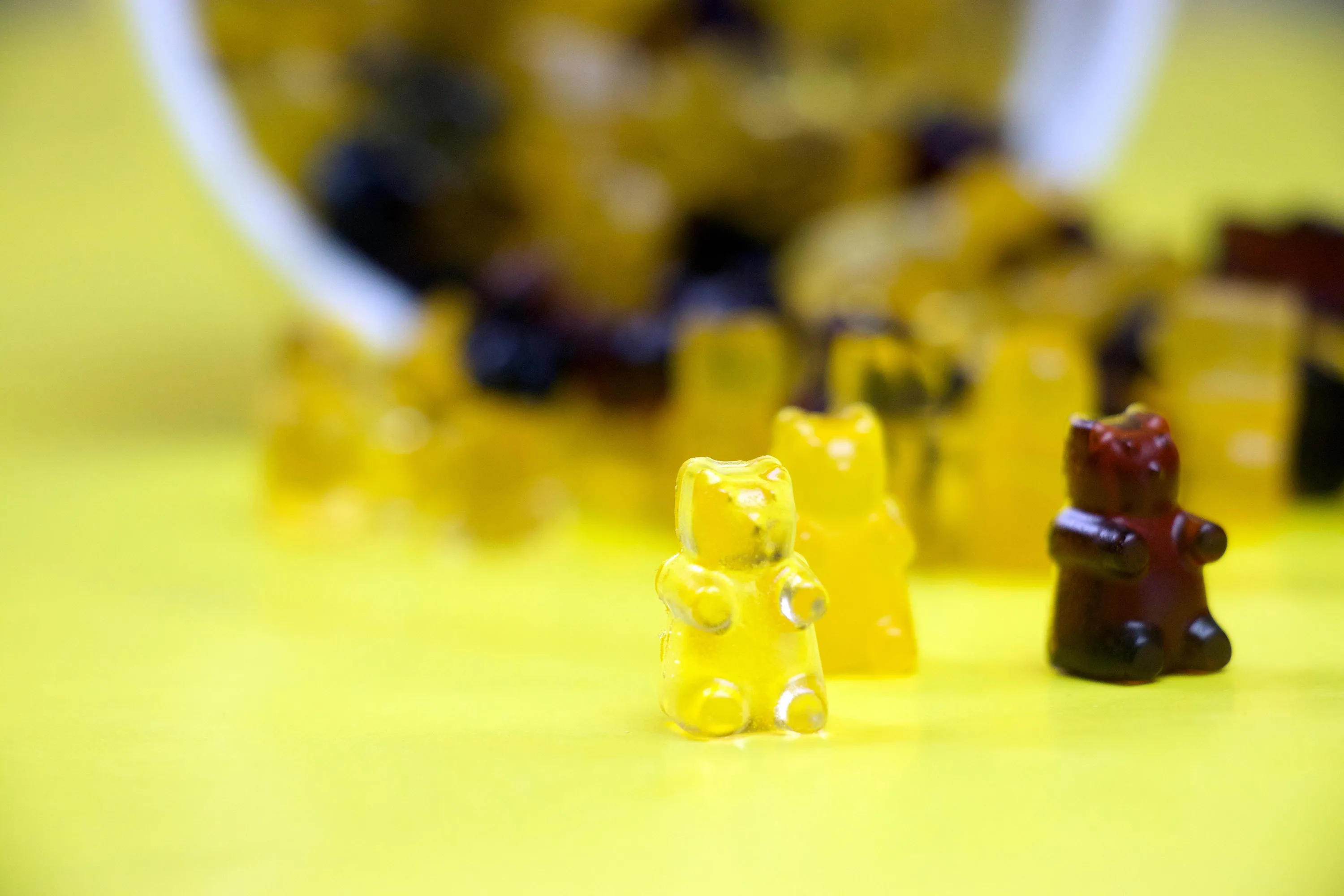It’s pretty much a fact that kids love gummy snacks. Unfortunately, the majority of store-bought gummies are packed full of processed sugar and various preservatives to keep them shelf-stable. So while your kid may be begging for a pack of their favorite treats at snack time, those gummies are really more like dessert. But it’s hard to reason with kids when they set their mind to something and so we set out to create a simple and healthy substitute that they’ll love and you can feel good about!
These gummies are completely customizable. You can get creative and add special juices like pomegranate to your grocery list or you can simply grab your kiddos favorite juice from the fridge (like apple or orange) to whip these up! You can also easily change the type of sweetener you use – we tried honey, agave, and maple syrup and they all tasted delicious. And the best part? They take less than 30 minutes from start to finish, so you can definitely make a batch of these before your child’s next snack time. You’ll feel good watching them chow down on these homemade “know-what’s-in-them” treats without having sacrificed an entire afternoon of cooking!
Servings: 100 gummies
Ingredients
- 1/2 cup natural fruit juice of your choice (we used orange, pomegranate, and white grape juice)
- 1 tbsp sweetener of your choice (maple syrup, honey, or agave syrup)
- 2 tbsp grass-fed gelatin
Equipment
- Silicone gummy mold
- Medicine dropper
Method
- Combine juice and sweetener in a small saucepan and heat over medium heat, stirring constantly until hot (just before boiling).
- Add in gelatin 1 tbsp at a time, whisking constantly until fully dissolved. Remove from heat.
- Scoop off and dispose of the foam from the top of the mixture.
- While still hot, use a medicine dropper to fill the silicone molds. If you don==apos==t have molds, pour mixture into a flat-bottomed glass baking dish.
- Put in fridge to set, 15-30 minutes.
- Pop gummies out of their molds or (if you used a baking dish) cut into small squares and lift out with a spatula.
- Store in a sealed container in the fridge.





